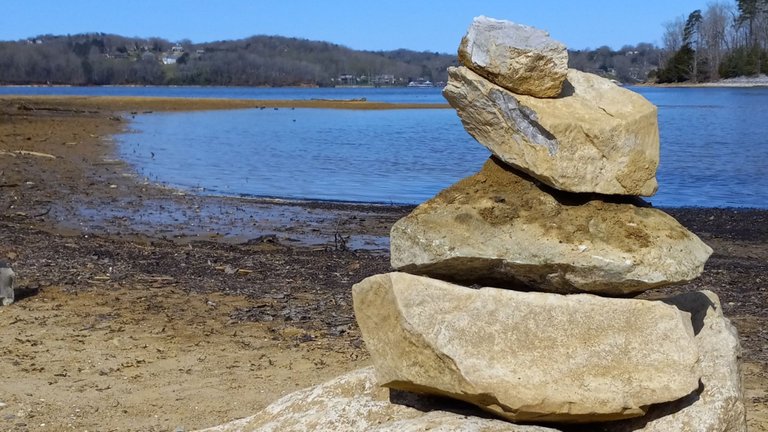I’ve always considered myself an ecologically minded person interested in sustainability. And as a personal trainer whose education includes yoga, tai chi, and other holistic fitness focused continuing education, I’ve often explored what a holistic approach to health and living involves.
Over time, my definitions of sustainability and holistic living have evolved. They continue to do so. Global, local, and personal events over the past 2-3 years have prompted a much more rapid evolution of my understanding of each. Here’s how I currently view sustainable and holistic living, and what I think is important to focus on.

Sustainable Living
The very word “sustainability” implies something that is persistent and long lasting. More than that it suggests active and dynamic systems continuing their processes while being persistent over time.
When I think of sustainable living, I think of the actions one needs to take to provide for all levels on Maslow’s Heirarchy of Needs model. Food, Shelter, Safety, Self-Actualization, etc… What kind of a lifestyle needs to be created that can provide all of this in a persistent manner?
For a lifestyle to be sustainable, it must be able to persist without the need of input from capital or non-local resources. This approach is intimately tied to a holistic approach, which we’ll get into shortly.
Sustainable living is important because it is becoming more apparent every day that the systems that uphold a global economy based lifestyle are unsustainable. As supply chains struggle, climate changes, and societies fight for justice, the capital based systems that provide non-local resources to people will cease to function.
So, a sustainable lifestyle is one that can be maintained with just the resources in a small area by an individual, a family, or a small community.
Holistic Living

My first continuing education that I completed almost 15 years ago as a personal trainer was for a Holistic Fitness Certification. At the time holistic fitness was broadly considered to be tai chi, yoga, and pilates. A holistic approach to nutrition was generally considered to be vegan.
I’ve given a LOT of thought to the definition of “holistic” and “holism” over the years, particularly as it relates to health. Most of our working definitions are shallow, and are fairly reductive, which I find ironic. For example, it’s possible to have an established yoga practice and eat a strict vegetarian diet and to NOT have a holistic fitness practice. Conversely, it’s possible to follow a bodybuilding program and eat meat and do so in a holistic way. Context matters.
While we’re talking about lifestyle instead of fitness, I wanted to make my point that context matters. So, what context am I focused on when it comes to holistic living?
In its broadest definition, holism is the consideration of the inter-relatedness of a variety of systems and hierarchies.
If we revisit the idea of sustainable living being a lifestyle that can persist without the need for outstide capital or non-local resources, then holistic living is creating a lifestyle that does not disrupt or exploit those resources. This will look different for each person, in each locale.
In this way, holistic living is important because it forces one to look at the broader importance of each piece of their environment, each interpersonal relationship, and even the various systems of our body.
Tying it all together.

Looking at building your house out of local trees instead of concrete is sustainable living. Harvesting those trees in a way that honors and maintains their function as a part of a whole ecosystem is holistic living.
I look forward to diving into the nuance of these topics with you
in upcoming posts.
This post is in response to the ecoTrain community’s question of the week. If you’ve found this article from one of my social media accounts, ecoTrain is a sustainability focused community on the Hive social blockchain, where you are reading this. On Hive, people are creators forming relationships rather than products fed to an algorithm. So if you’re not already on Hive, the best place to join the conversation is through my favorite interface, Ecency.
Unless otherwise credited, all photos are taken by me, and all graphics are created with Canva.





